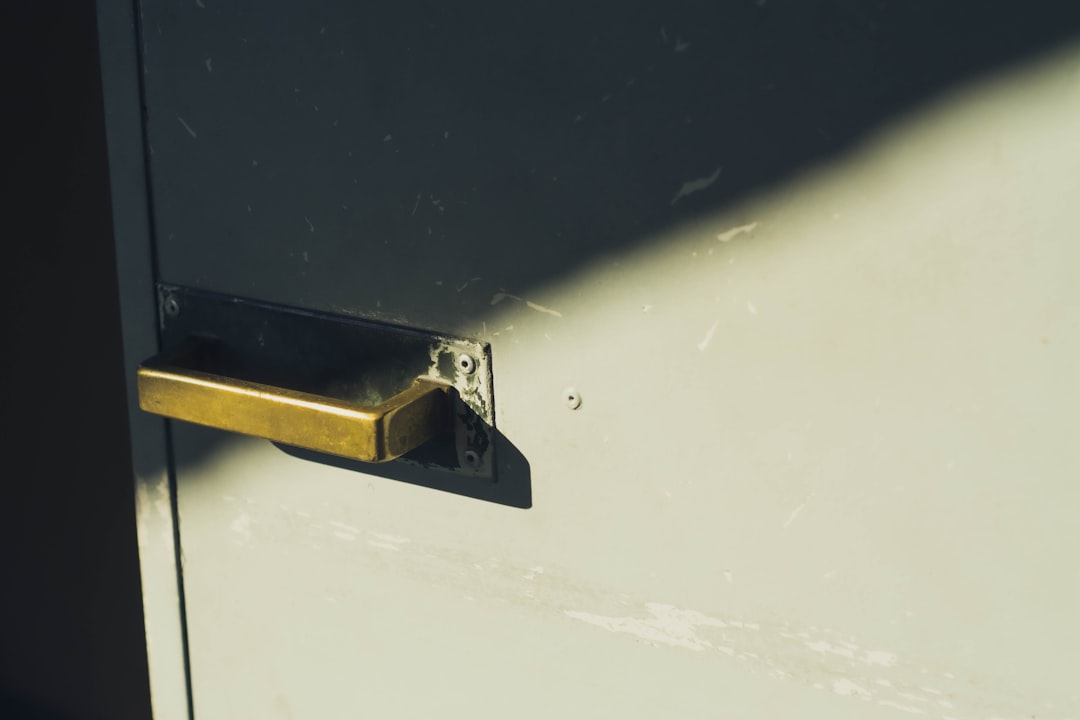Among online content-sharing platforms, Twitch stands as a towering presence, hosting millions of creators and communities engaging through live streaming. With its massive user base and integration with monetization tools, Twitch inevitably becomes a lucrative target for cyber attackers. In response, the platform employs Two-Factor Authentication (2FA) to bolster account security. However, Twitch’s 2FA system is far from perfect. Many users face recurring issues that can leave their accounts vulnerable or inaccessible. Understanding why 2FA fails on Twitch and how to effectively solve these problems is crucial for maintaining both peace of mind and digital security.
What Is Two-Factor Authentication?
Two-Factor Authentication is a security mechanism that requires users to provide two separate forms of identification to log in — typically something they know (like a password) and something they have (like a unique code delivered via SMS or an authentication app). This extra layer of security is meant to ensure that even if a password is compromised, unauthorized access to the account is still prevented.
Twitch utilizes SMS and third-party authentication apps such as Google Authenticator or Authy as its two means of second-factor verification. On paper, this approach should make user accounts nearly impervious to unauthorized access. In practice, however, several pitfalls remain.
Common Reasons Twitch Two-Factor Authentication Fails
Users typically expect 2FA to function seamlessly in the background, but several issues can make it fail or cause unnecessary frustration. Below are the most frequent reasons for failure:
- SMS Delivery Delays or Failures: Users often report that they do not receive the SMS code, especially during peak times or when traveling internationally.
- Authentication App Desync: If the device’s time settings are even slightly off-sync, the one-time codes generated by apps like Google Authenticator may fail.
- Lost Access to Device: Users who lose or reset their phones may lose access to their authentication app, effectively locking them out of their own accounts.
- No Backup Options: Twitch historically does not offer extensive backup code systems, leaving users without an easy way to regain access.
- UI or UX Bugs: Poor design choices or software bugs in how Twitch handles login sessions or code entry can cause valid codes to be rejected, leading to frustration and downtime.

Real-World Impact of 2FA Failures
The consequences of 2FA failures are more than just inconvenience. Streamers, especially those relying on their channels for income, can suffer significant setbacks:
- Loss of Revenue: A locked account may mean downtime during scheduled streams, resulting in reduced viewer engagement and lost income.
- Account Compromise: Paradoxically, when users bypass or disable 2FA due to frustration, they expose themselves to greater security risks.
- Loss of Trust: Viewers and sponsors may lose trust in a streamer who repeatedly faces access and security issues.
- Administrative Delays: Twitch support teams can be slow to respond to locked out users, compounding the problem.
Why Twitch’s 2FA Design Is Problematic
While issues such as third-party app desynchronizations aren’t exclusive to Twitch, some of the platform’s design choices amplify problems:
- No Universal Backup Codes: Unlike platforms like Google or Twitter, Twitch does not generate a list of backup codes users can store offline. This limits recovery options drastically.
- Forced SMS Registration: Twitch mandates linking a phone number to enable 2FA, even if you’re exclusively using an authentication app. This introduces vulnerabilities specific to mobile phones such as SIM swapping.
- Poor 2FA Recovery Pathways: The only way to recover access is typically through Twitch customer support, which is slow and often unresponsive.
Solutions to Twitch 2FA Failures
Despite these challenges, there are several reliable ways users can mitigate issues related to Twitch’s 2FA system.
1. Sync Device Clock Automatically
Many people are unaware that authentication apps rely heavily on time-based algorithms. If your phone clock is incorrect, your one-time codes will be invalid. Ensure that your device is set to automatically sync with internet time servers.
2. Use a Robust Authentication App
Not all 2FA apps are created equal. While Google Authenticator is common, it doesn’t support cloud backups. Apps like Authy offer encrypted cloud storage and multi-device support, making recovery easier if you lose your phone.
3. Save Backup Codes Securely
If Twitch starts offering backup codes (a feature that’s widely requested but still minimal), make sure to save them using secure password managers like 1Password or Bitwarden. Until then, consider storing your Authenticator recovery keys or QR codes in a secure offline location.
4. Enable Two-Factor on Recovery Email
Many Twitch users forget that their email is also an attack vector. If your email account is not secured with 2FA, it doesn’t matter how secure your Twitch account is. Always enable strong 2FA, preferably with an authentication app, on your primary email account linked to Twitch.
5. Consider a Dedicated Security Key
Hardware-based authentication devices like YubiKeys offer unmatched security. While Twitch does not natively support hardware security keys yet, lobbying Twitch to implement WebAuthn or FIDO2 standards can make a big difference long-term.

What Twitch Needs to Improve
Ultimately, Twitch bears responsibility for many of the issues surrounding their implementation of two-factor authentication. In order to secure its community more effectively, the platform should consider the following enhancements:
- Offer Backup Codes: Users need the ability to generate and store recovery codes as a fallback method.
- Support Multiple 2FA Methods: Allow options for both SMS and app-based authentication to be used simultaneously, offering redundancy.
- Improve Recovery Processes: Twitch’s support team should have dedicated workflows assisted by automation to help locked-out users regain access efficiently.
- Implement Security Key Support: Adoption of security keys would greatly improve account protection for high-risk users.
An Ongoing Challenge
Allowing content creators and viewers to engage on a secure, reliable platform is vital to Twitch’s long-term success. Two-factor authentication is a foundational element of that security, but its current implementation on Twitch is flawed both technically and in user experience. Educated users can mitigate risks and improve their security posture, but the ultimate responsibility for a robust, user-friendly security system lies with Twitch itself.
Until Twitch takes more decisive steps to evolve its 2FA protocols, users are advised to be proactive, vigilant, and organized about their accounts’ security settings. Getting locked out of your account — or worse, losing it to a malicious actor — can be more than a temporary inconvenience; it could be a career-ending loss for some streamers.
Security shouldn’t be a hurdle. It should be a safe bridge between you and the content you love.
